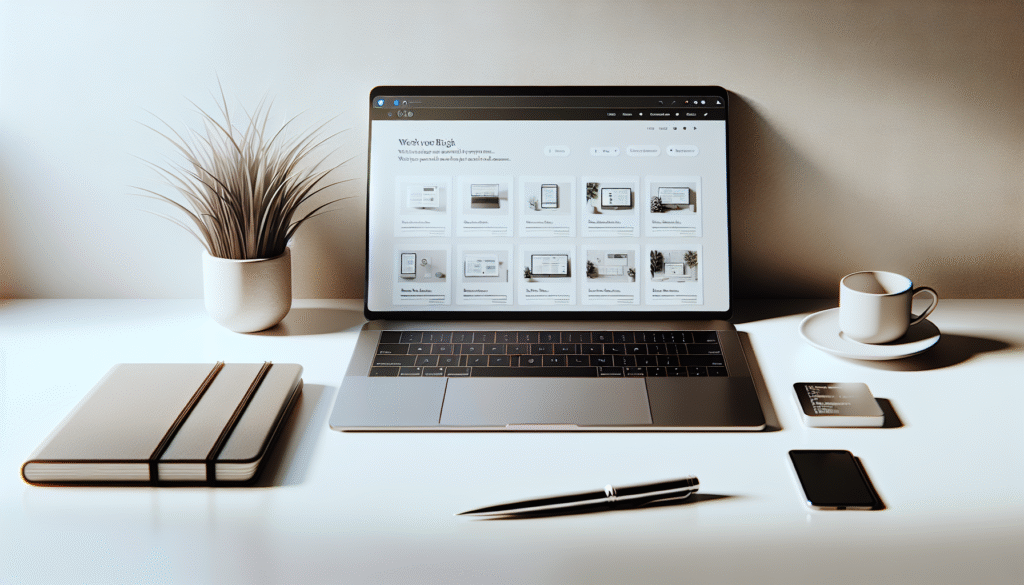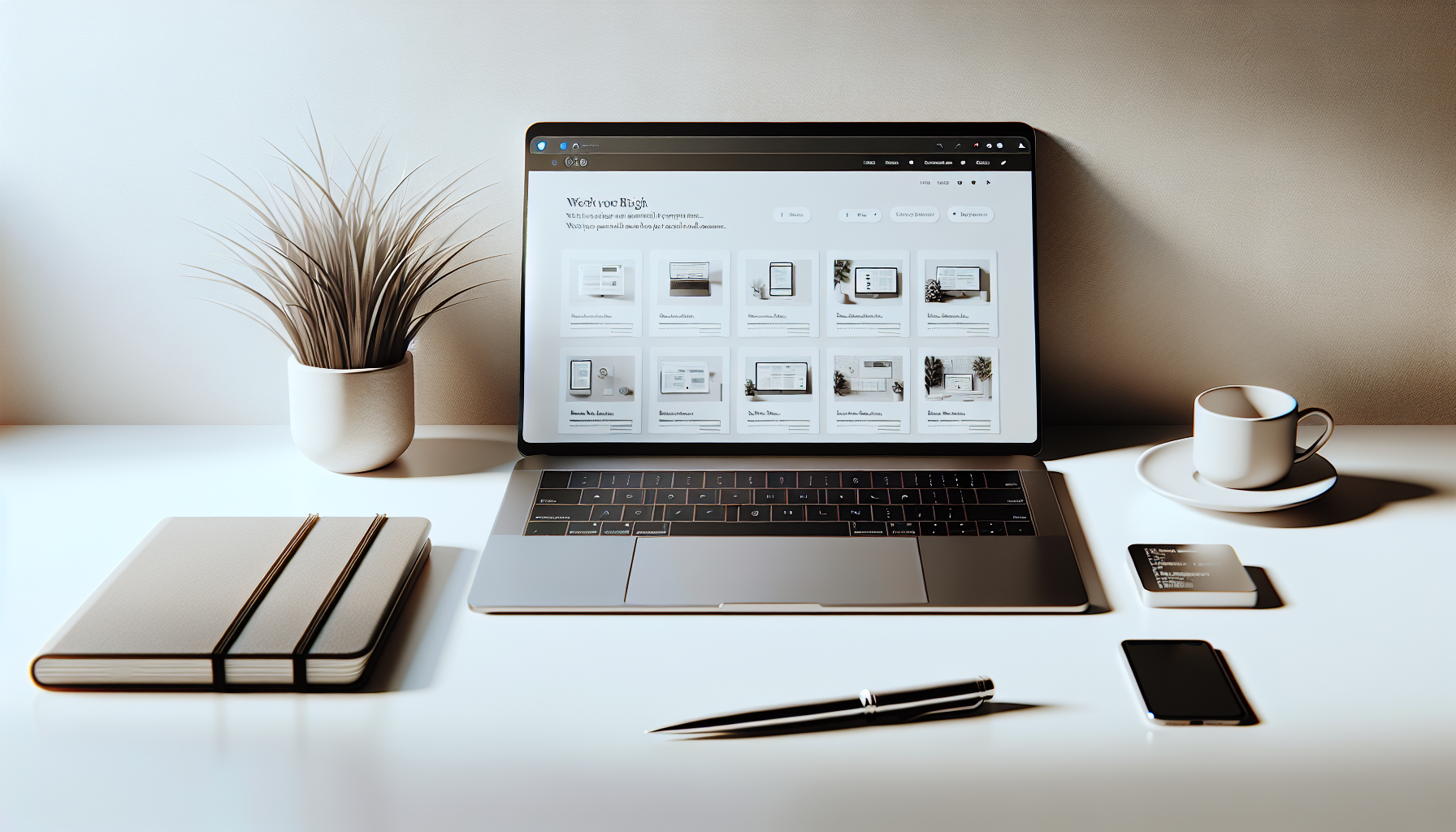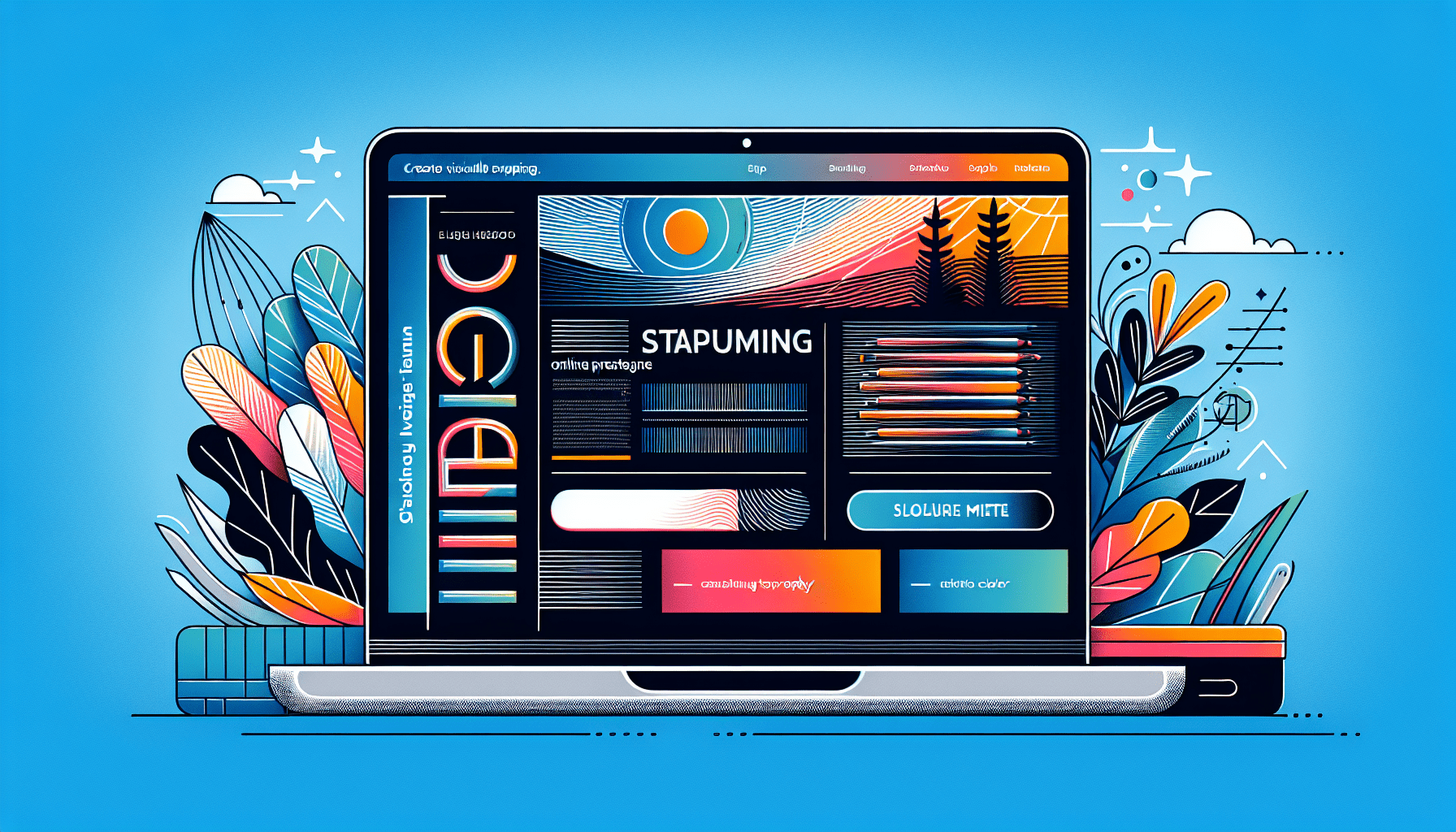“How To Create An Effective Website Layout”
Have you ever wondered how to design a website layout that not only looks visually appealing but also functions seamlessly? Creating an effective website layout is crucial for attracting and retaining visitors to your site. In this article, we will guide you through the process of designing a website layout that is user-friendly, engaging, and easy to navigate.
Understanding the Basics of Website Layout
Let’s start with the basics. A website layout refers to the arrangement of elements on a web page, such as text, images, videos, and menus. The goal of a website layout is to create a visual hierarchy that guides the user’s eyes and helps them navigate the site effectively. Understanding the basics of website layout is essential before you start designing your own website.
Creating a Wireframe for Your Website
Before you dive into the design process, it’s essential to create a wireframe for your website. A wireframe is a visual representation of the layout of your site, without design elements like color, images, and typography. Think of it as a blueprint for your website. Creating a wireframe helps you plan the structure of your site and ensures that all the necessary elements are included.

Choosing the Right Color Scheme
Color plays a significant role in the overall look and feel of your website. Choosing the right color scheme is essential for creating a visually appealing website layout. When selecting colors for your website, consider the emotions you want to evoke and the message you want to convey. Use colors that complement each other and create a cohesive look.
Selecting Fonts for Your Website
In addition to color, typography is another crucial element of website design. The fonts you choose can impact the readability and overall aesthetic of your site. When selecting fonts for your website, choose ones that are easy to read and reflect the tone of your brand. Consider using a combination of fonts for headings, body text, and other elements to create visual interest.

Organizing Content Effectively
Organizing content effectively is key to creating a user-friendly website layout. Divide your content into sections and use headings and subheadings to guide users through the page. Group related content together and use white space to create a clean and uncluttered look. Make sure that the most important information is easy to find and that users can navigate your site intuitively.
Designing a Responsive Layout
With the increasing use of mobile devices, it’s essential to design a responsive website layout that looks great on all screen sizes. A responsive layout adapts to different screen sizes and ensures that your site is user-friendly and easy to navigate, whether users are on a desktop, tablet, or smartphone. Designing a responsive layout is crucial for providing a seamless user experience.
Choosing the Right Navigation
Navigation is a crucial aspect of website design, as it guides users through your site and helps them find the information they are looking for. When choosing navigation for your website, keep it simple and intuitive. Use clear labels and organize your menu in a logical way. Consider using dropdown menus for additional navigation options and make sure that users can easily navigate back to the home page.
Paying Attention to Accessibility
Accessibility is an essential aspect of website design that is often overlooked. Ensuring that your website is accessible to all users, including those with disabilities, is crucial for creating an inclusive user experience. Pay attention to factors like color contrast, font size, and alt text for images to make your site accessible to all users. Consider using tools like screen readers to test the accessibility of your website.
Testing Your Website Layout
Once you have designed your website layout, it’s essential to test it to ensure that it functions correctly and provides a positive user experience. Test your site on different devices and browsers to make sure that it looks and works as intended. Ask for feedback from friends, family, or colleagues to get different perspectives on your website layout. Make any necessary adjustments based on the feedback you receive.
Final Thoughts on Creating an Effective Website Layout
Creating an effective website layout requires careful planning, attention to detail, and a focus on user experience. By understanding the basics of website layout, creating a wireframe, choosing the right color scheme and fonts, organizing content effectively, designing a responsive layout, choosing the right navigation, paying attention to accessibility, and testing your website layout, you can create a website that is visually appealing, user-friendly, and engaging. Start designing your website layout today and watch your site come to life!











